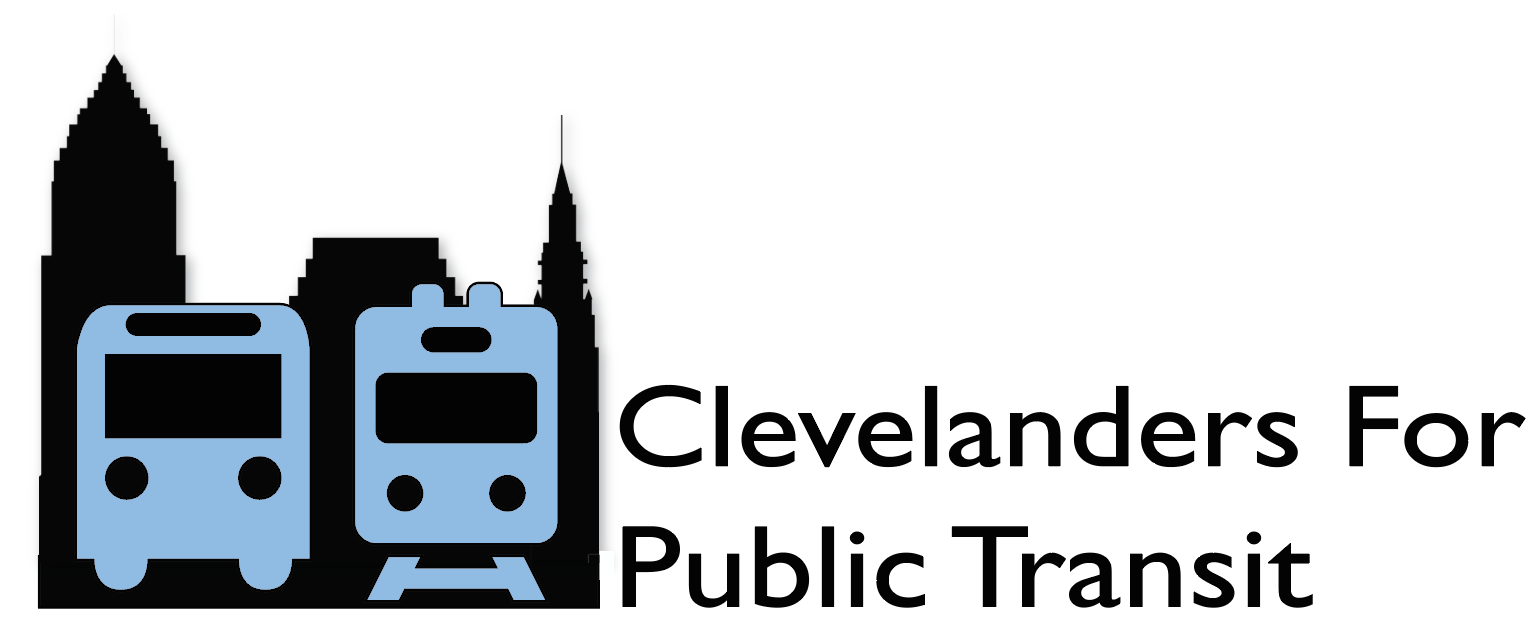by Art Cernoia
So you thought your bus fare paid for your ride? Not hardly.
When you step onto your local bus and swipe your ticket, you may think you’re paying for your ride. And you are…sort of. Your ticket covers about 16% of the cost of your ride. You read that right: sixteen percent. According to RTA’s 2020 (pre-covid) budget, passenger fares this year were expected to be in the $41 million range, while operating expenses were expected to be in the area of $262 million.
So where does the rest of the money come from? And how did we get here?
RTA’s biggest funding source comes from something that happened way back in 1975, when Cuyahoga County voters agreed to a 1% increase in the county sales tax to fund this new thing called the Greater Cleveland Regional Transit Authority. It replaced the old Cleveland Transit System, assuring appropriate public transit for a population that was rapidly sprawling further and further from the city core. How long ago was 1975? “Jaws” was in the movie theaters, Captain and Tennille topped the charts and Gerald Ford was president.
RTA’s 2020 budget anticipated collecting about $215 Million in sales tax revenue, $41 million in fares and $26 million from other sources (including state and federal funding) for total projected revenues of $284 Million. With 2020 operating expenses originally estimated to be in the $262 million area, it looked like RTA could avoid any further service cuts or fare increases this year.


But things do not look so good in early September. Due to the Covid-19 pandemic, sales tax and fare collection revenue actual numbers for 2020 are projected to be in the $150 million area. And Covid cleaning protocols have increased operating expenses. So even with $111 million in relief as a part of the federal CARES act, RTA will likely need to draw on reserve funds to balance the books for 2020.
And the grim news doesn’t end there. According to a 2017 study by Policy Matters Ohio, the Buckeye State ranks 45th out of 50 in spending for public transit. That’s in spite of the fact that Ohio ranks 14th in overall ridership and— according to NateSilver538—is the 20th most urbanized state.

Why the dearth of dollars for public transit? Two main reasons:
- In 2012, the Ohio Supreme Court ruled that taking money collected as a part of the gasoline sales tax could not be spent on anything but highway-related programs. In effect, this ruling means that gas tax money collected to fuel a 12 mile per gallon SUV cannot be used by the state to help support more sensible modes of transit. The Ohio state legislature could work to change all that. But that gets us to the second reason.
- Ohio has been gerrymandered to overrepresent suburban and rural interests at the expense of urban areas despite having an economy based on these same urban areas. In its simplest terms, this means money spent to widen I-71 halfway to Columbus = Good; money spent to improve bus service in urban areas = Bad. These legislators align with people who grow soybeans for a living and not with apartment dwellers who sprinkle soy sauce on their Chinese takeout. And Public Transportation sounds a little too much like government at work for the “urban” residents, which seems to be anathema to “lifting yourself up by your bootstraps” orthodoxy. This mindset does not acknowledge urban areas provide the funding for endless highway expansion and ignores the race and class dynamics of highway construction and urban renewal.
All of this is not to say there isn’t room for improvement at RTA. In 2019, a financial analysis was commissioned by the Greater Cleveland Partnership (GCP), the local chamber of commerce. Although the GCP typically opposes tax increases to make Cleveland more “business-friendly” and was a huge supporter in building the $331 million Opportunity Corridor highway extension, some recommendations in the study are worth considering. The study found that reducing administrative costs would have the biggest impact, saving RTA $12.8 million. Increasing bus ridership to peer average would bring in an additional $6 million. Transit-Oriented Development, like apartment buildings with affordable housing near rapid stations instead of empty parking lots, would increase rail ridership, netting RTA over $2 million. The GCP also recommends cutting costs by privatizing paratransit, but that would mean loss of living wage jobs for paratransit operators and likely worse quality of service for riders. This does not fit with CPT’s transit bill of rights: “living wages, benefits, safe working conditions, and union rights for transit workers.”
But operating expenses vs. revenue, and how they do or do not balance, is only part of the overall picture. What are called ‘capital’ expenditures are also part of any financial plan, with the word ‘capital’ used to mean investments in infrastructure — in the case of RTA, buses, trains and other hardware associated with their business. And here the news is just plain bad. Even GCP’s study concludes that “guaranteed revenue sources are much lower than projected costs.” Translation: there is not enough money to replace aging end-of-useful-life trains, etc. RTA is working to bridge the gap and the jury is still out as to where money might come from.
In summary, our decisions regarding funding for public transit are part of a much larger conversation around what type of society we want to be. This conversation must find a way to work through issues of growing income disparity and political polarization, racial justice reckoning and climate change. In the words of Kamala Harris: “It’s a lot.”
Steven Higashide, author of Better Buses, Better Cities puts it in very simple terms. “Good cities have good buses, lousy cities have lousy buses.”
And you get what you pay for.

